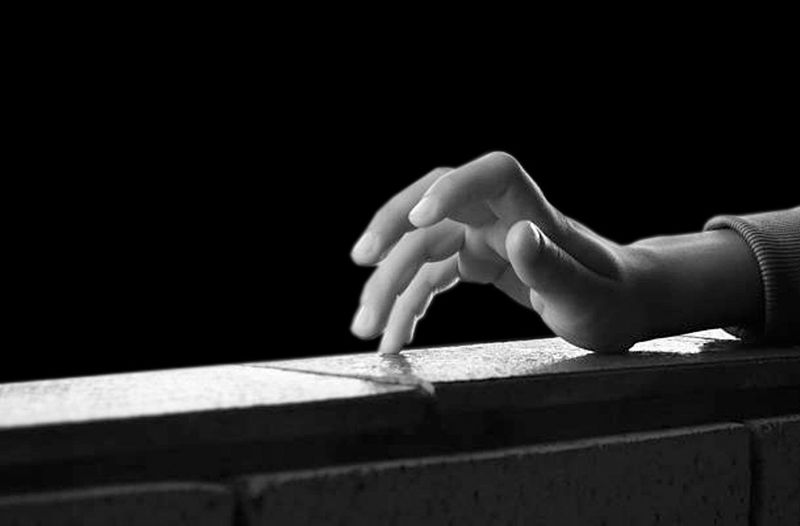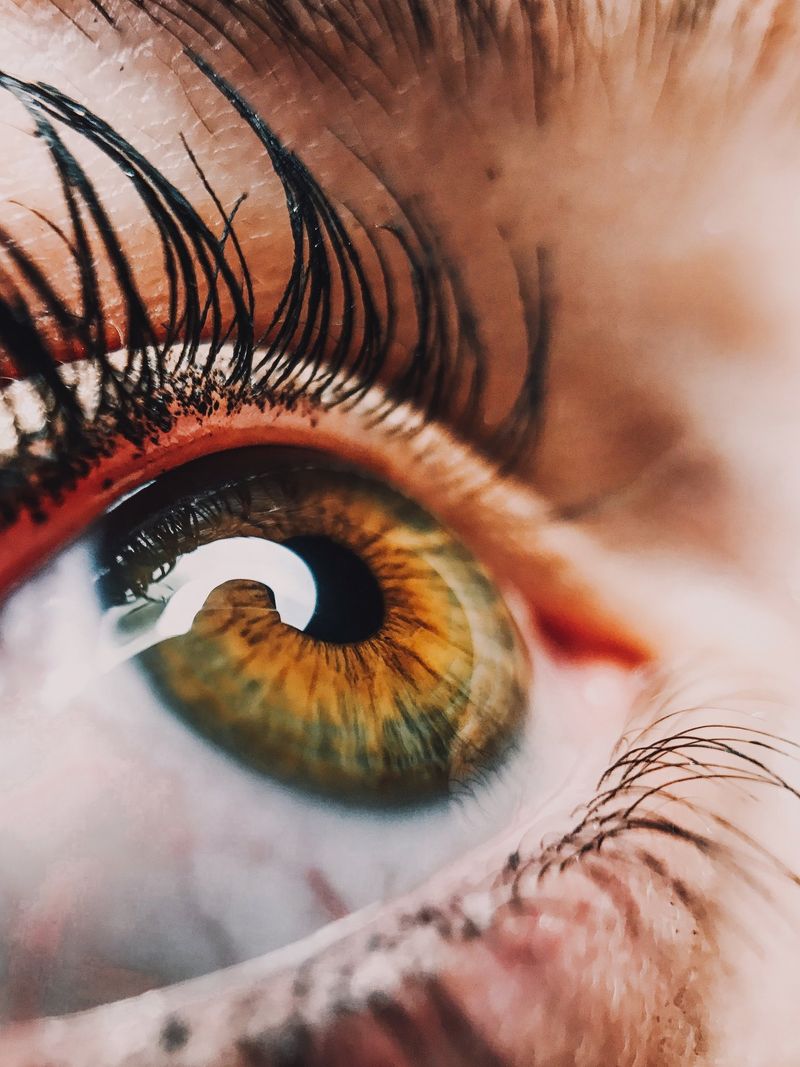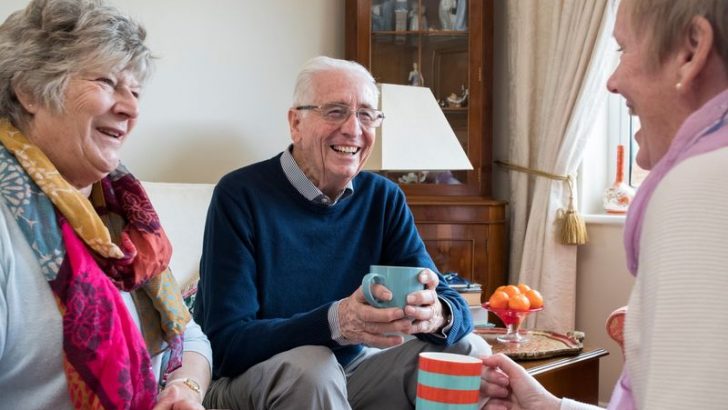Understanding body language can be a fascinating way to gain insights into people’s true feelings. Often, what our bodies convey can differ from what we verbally express. Here, we explore eight intriguing body language signs that might suggest someone is lying, even when they’re being truthful. These nonverbal cues can sometimes signal stress or discomfort rather than deceit, making it essential to interpret them in context. By recognizing these signs, you can better understand the complexities of human communication and avoid misjudging a person’s honesty.
1. Avoiding Eye Contact

Do shifty eyes always indicate deceit? It might seem so, but not necessarily. In some cultures, avoiding eye contact shows respect or politeness. Additionally, social anxiety can cause individuals to look away, especially under pressure.
Consider introverts who struggle with eye contact in intense situations. For them, averting their gaze may simply reflect discomfort rather than dishonesty.
Keep in mind, eye behavior can vary widely among people. It’s crucial to assess other contextual clues before jumping to conclusions.
2. Nervous Laughter

Why would someone laugh nervously if they’re telling the truth? Nervous laughter often stems from anxiety or to defuse tension. It’s an involuntary response that helps individuals cope with stressful situations.
For example, imagine sharing a difficult personal story; nervous laughter might punctuate an otherwise serious narrative.
This type of laughter doesn’t always indicate deceit. Instead, it can serve as a self-soothing mechanism or a way to maintain social harmony. Understanding this cues us into the multifaceted nature of human behavior.
3. Fidgeting Hands

Is fidgeting a sign of lying or mere nervousness? Fidgeting hands can often be misinterpreted. While it might suggest discomfort, it doesn’t unequivocally mean lying.
Think of a student presenting in front of the class, twisting fingers under pressure. Here, fidgeting reflects anxiety and the struggle to maintain composure.
It’s essential to remember that not everyone who fidgets is dishonest. Context plays a significant role, and understanding the nuances helps avert misjudgment. This habit could simply be a way to channel nervous energy.
4. Touching the Face

Does touching the face mean someone’s lying? Often, it’s just a nervous habit or a way to soothe oneself. For instance, touching the nose or rubbing the eyes might indicate someone is deep in thought or feeling stressed.
Consider an elderly woman recounting memories, her hand gently resting on her cheek. Here, the gesture may convey nostalgia rather than deception.
This behavior reflects the complexity of human interactions, where simple actions hold varied meanings. Recognizing this aids in more accurate interpretations of intent.
5. Shifting Posture

A sudden change in posture—does it mean they’re lying? Not always. Shifting posture often indicates discomfort or a need to adjust physically.
Picture a young adult at a formal dinner party, shifting in their seat under the weight of social expectations. This movement can stem from unease rather than deceit.
Posture changes serve as important nonverbal cues but must be understood in context. They often reveal more about emotional state than honesty, adding depth to interpersonal communication.
6. Excessive Blinking

Does excessive blinking signal deception? While it can imply stress, it isn’t a definitive lie indicator. Blinking rates often increase with anxiety or when processing complex information.
Consider a middle-aged woman engaged in a challenging conversation at work. Her rapid blinking reflects cognitive load rather than untruthfulness.
This behavior highlights the intricacies of body language, where physiological responses may mimic lying signals. Recognizing these nuances facilitates better interpretation of true emotions.
7. Crossed Arms

Do crossed arms always indicate defensiveness or deceit? Not necessarily. For some, crossing arms provides comfort or warmth, especially in chilly environments.
Imagine a professional in a cold meeting room, arms crossed to stay warm. Here, the gesture might reflect comfort rather than defensiveness.
Recognizing crossed arms in context can help discern intention accurately. It’s a reminder that body language is multifaceted and context is key in interpretation. Purpose and environment play pivotal roles in these subtle cues.
8. Pausing Speech

Why would an honest person pause while speaking? Pausing during speech is often a natural part of thoughtful communication. It allows for processing information or composing thoughts.
Consider an elderly man sharing a poignant memory, his voice halting as he reflects. Here, the pause signifies depth rather than deception.
Understanding speech patterns helps in discerning underlying intentions. Pauses add texture to conversation, offering insight into genuine emotions rather than fabrications.

